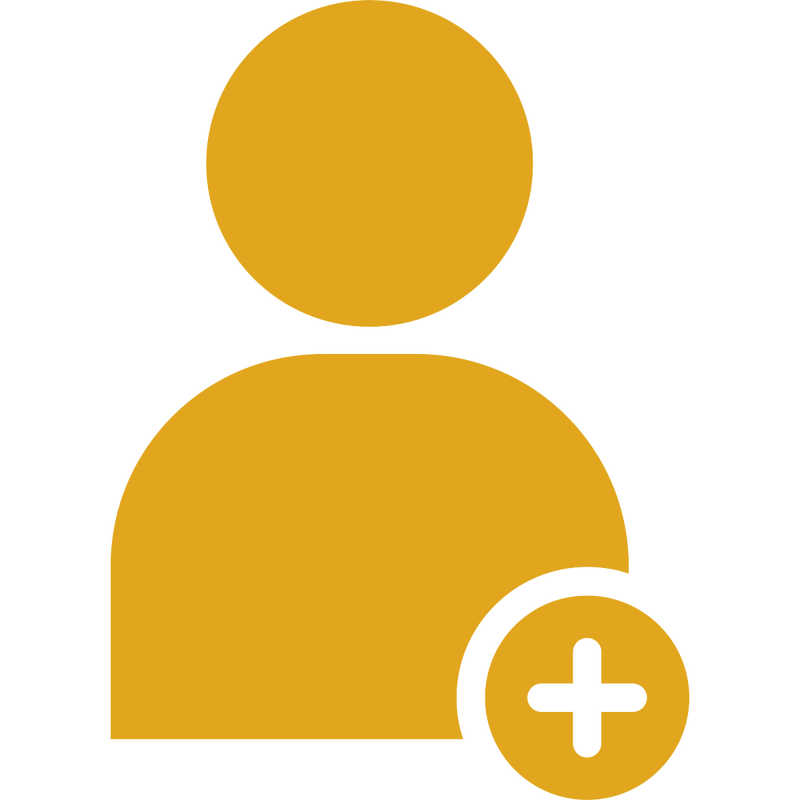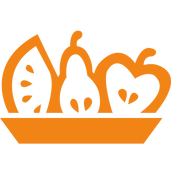Phelsuma grandis - Madagascar Giant Day Gecko
Madagascar Giant Day Geckos are the largest of the day geckos. They originate from the tropical forests of Madagascar and other tropical regions. They are a beginner gecko as far as ease of keeping, but they do not like to be handled. They are very quick and have easily torn skin. They are a tropical, arboreal gecko and are diurnal, meaning they are very active during the day. A wonderful, bright colored, active display species!
|
Bringing Your New Pet Home
When you bring your new giant day gecko home, you should already have a quarantine tank set up and ready to go. Place fresh water in a bowl in the tank, mist the tank and offer food, but be aware it is completely normal for them to refuse food for the first couple days, or even longer. You should keep this new gecko separate from any other geckos you may have for 90 days, to ensure there is nothing it could spread to your other animals. Monitor its eating and fecals as they may be strange for up to a couple weeks, but this is due to a new diet, supplements, and environment. It is recommended you do not handle your new gecko for the first 24-48 hours and keeping it to a minimum until it has started eating on its own. Always keep in mind, your new animal is in a new tank, with new decor/dishes/hides, and new faces watching them. They need time to become acclimated to it all. After this quarantine process, they can be safely introduced to their permanent enclosure if it's not already. Be sure to wash your hands before handling any other geckos during this time. |
|
Enclosure Depending on your need, there are a couple different ways to house a giant day gecko. Both glass and screen work, however, care needs to be taken to be sure you don't have it too humid and wet if you choose glass, and mist often enough to keep humidity high if you choose screen. For the single adult gecko a minimum 18 x 18 x 24" or larger arboreal enclosure is recommended. Babies and juvies can be housed in smaller enclosures to ensure they are eating, but plan to upgrade as they grow. These geckos will appreciate any space you give them, so larger is recommended. We highly recommend Zen Habitat vertical enclosures! 
Research bio-active and naturalistic, planted terrariums for more advanced options!
|
|
Compatibility
Geckos by nature are solitary animals. In giant day geckos, a pair of females can be housed together with caution. They must be of the same size to prevent bullying. Adding more greenery and climbing space will help prevent fighting. Males will fight with one another, and geckos of different sizes will bully and attack one another. Do not house males and females together unless you have researched breeding and are prepared for eggs and babies. Monitor females to be sure they are not picking on one another or one is not hoarding the food from the other. |
|
Temperatures
Giant day geckos come from the tropical and subtropical regions of Madagascar. They need a thermal gradient in their enclosure, which is best achieved with a basking heat bulb on the top end of an arboreal enclosure. Temperatures under the basking spot should be 85-90 degrees F with ambient and cool end temperatures ranging from 75-80. A drop in temps at night is fine as long as they don't reach under 70 degrees F. |
|
Lighting
Giant day geckos are diurnal, meaning they are active during the day and UVB lighting is highly recommended to thrive. They should be exposed to 10-12 hours diurnal UVB light per day. Without UVB they can develop health issues. Be sure to dust insects in calcium with d3 if UVB is not offered. Arcadia 6% tube lights are a good option! |
|
Cage Decor
Since they are diurnal and arboreal, they need to have places to climb and bask. You will most often find giant day geckos hanging out in branches or foliage, so decorate the tank heavily with fake greenery, branches, cork bark and bamboo branches. Be sure to provide a basking spot under the heat bulb so they can get close enough to benefit from the heat. |
|
Humidity and Shedding
Giant day geckos are a more tropical species, so they require a moderate to high humidity level of around 60-70% with dry periods. You can best achieve this by misting the enclosure 2-3 times a day. Automatic misting systems are very handy with this species. While it is good to offer a shallow bowl of fresh water, most geckos will not drink from bowls and instead prefer to lick water droplets off the enclosure walls and plants. Misting will not only keep the humidity levels up, but offer them hydration as well. You do not want the cage soaking wet, and should allow it to dry out some between mistings. Giant day geckos will shed their skin as they grow and regularly as adults. You’ll notice their color will appear dull when they are about to shed and they will have trouble sticking to things. Generally, the gecko will eat all of their shed, but you may see some of the shed skin in the cage. Stuck shed is often an indication of humidity issues, so you can help this by misting more often or heavier.
|
|
Water
Your giant day gecko should have access to fresh, clean water in a shallow bowl at all times. Some will not drink directly from bowls and prefer to lick water from misting off leaves, but many have been seen drinking from bowls. Water can be treated with a commercial water treatment to remove any harsh chemicals from the water. |
|
Supplements/Minerals
To ensure proper bone development and overall health, be sure to dust feeder insects in powder before feeding to ensure they are getting the calcium they need. Every few feedings, dust insects in a supplement vitamin powder instead of calcium. If full spectrum lighting is not offered, be sure to choose a calcium that has d3. |
|
Feeding
Giant day geckos are insectivores and frugivores. Typically, their diet consists of crickets or dubia roaches and a commercial based, balanced fruit powder you prepare much like a smoothie. These diets are called meal replacement powders or MRPs. Do not feed mealworms or superworms, as they do not digest them well. Crickets can be placed in the enclosure during feeding time, but uneaten crickets should always be removed. MRPs can be mixed in small bowls and placed in enclosure. Insects should be gutloaded with a commercial gutload product. Gutloading refers to the practice of feeding the insects a nutritious diet before offering them to your gecko, to ensure the most balanced nutrition. Giant day geckos should be offered MRPs once a week and their diet should consist mostly of insects. Keep on eye on food to be sure it is not molding, and remove or replace if it is. Crickets or roaches should be offered 2-3 times a week. Growing babies can be offered insects more often. Be sure the insect is appropriately sized for your gecko. It should be no larger than the space between their eyes. Uneaten insects should be removed after a few hours. 
There are many MRPs on the market in a variety of flavors. Some of the most commonly found are Pangea Complete Gecko Diet and Repashy Gecko Diet. |




























